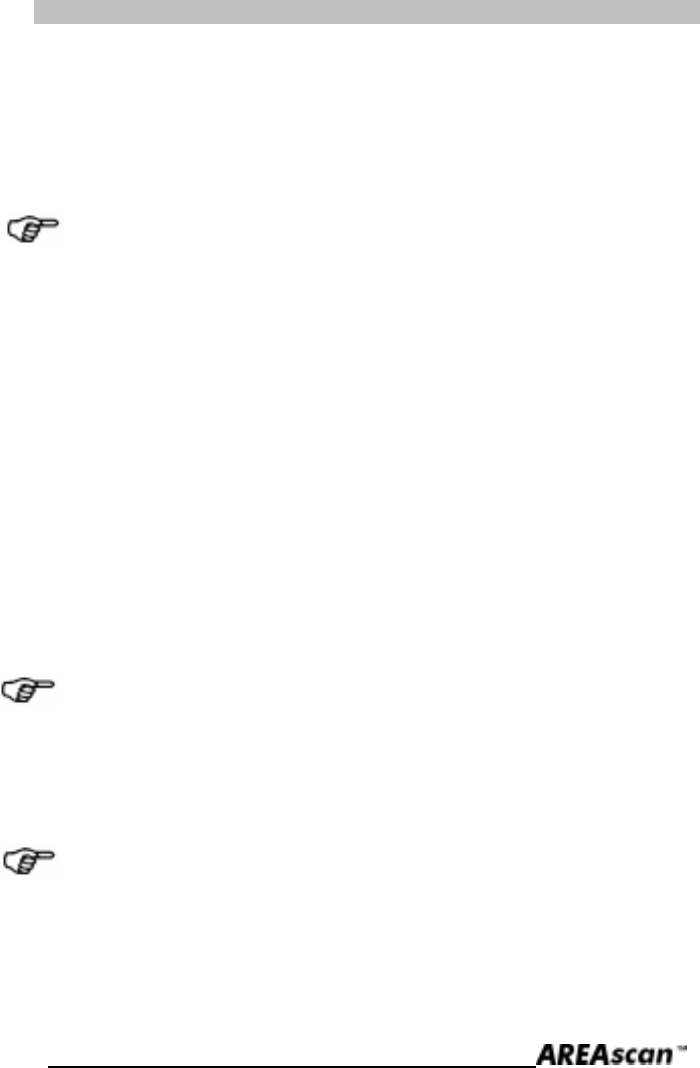Instruction manual

Instructions manual DS series
15
6. CALIBRATION PROCEDURE
The calibration procedure sets the signal level that arrives from the
receiver in the rest condition (no object detection).
In every other condition, the acquired signal will be compared to the
one acquired during the calibration.
The calibration depends on the alignment and distance of the two
units; the procedure must be repeated every time these parameters
change.
6.1. Correct calibration procedure guide
The calibration can be done according to the following procedure, once
the mechanical mounting, electrical connections and alignment are
completed:
• Switch ON the DS3.
• In the CALIBRATION AT POWERING mode (see function 4 in
Tab.1 at page 14), the system will automatically calibrate itself at
the powering on. Successive calibrations during functioning have to
be made according to the following mode.
• In the MANUAL CALIBRATION mode (see function 3 in Tab.1 at
page 14), press and release the SET pushbutton.
The calibration phase can have a variable duration and ends when
the green LED lights up in a steady manner; the system functions
only at this moment.
• No undesired object should be present in the detection area during
the calibration process. The calibration procedure can be made
even i f an object will remain fixed inside the detection area (e.g.
support, paper etc). In this case, area affecting the fixed object will
be excluded from the total sensitive area (BLANKING mode).
The powering on of the red LED (ERROR FAILURE) indicates this
particular situation.
• The position of both the receiver and emitter must remain the same
both during and after calibration (the use of specific anti-vibration
brackets are suggested in case of particularly critical applications
characterised by strong vibrations).










